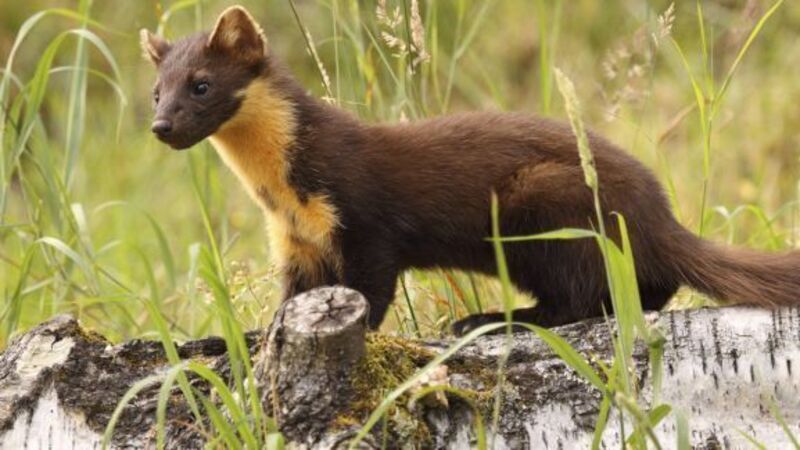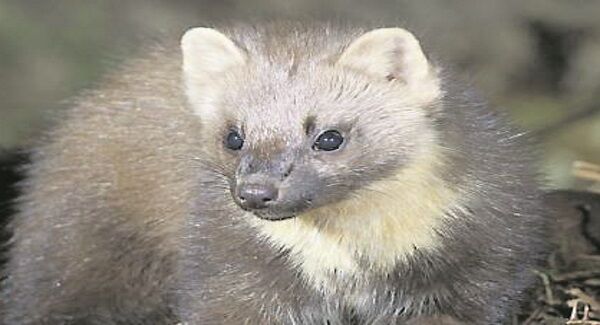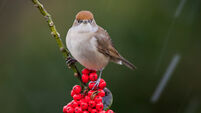Celebrate the pine marten

All too often, public awareness of our wildlife is stirred for the wrong reasons. We’ve had wild allegations about eagles and pine martens attacking lambs, for instance. All of which can lead to needless persecution of creatures that can only enrich nature in Ireland.
Although now in every county, the protected pine marten is still one of our rarest mammals. Not seen that often as it tends to come out at night, it is about the size of a small cat and plays a useful role in the balance of
nature. For example, it preys on the American grey squirrel and this is believed to be one of the reasons the native red squirrel is making a comeback here.
Once threatened with extinction, the pine marten was restricted to just a few areas about 40 years ago, including the Burren,Co Clare, and counties Galway, Kerry and Waterford. However, its population has been increasing in range and distribution over the last 30 years, due largely to legal protection and a ban on poisons.

Now, the pine marten has entered the digital age by having its own website, the result of a partnership between the Vincent Wildlife Trust, the National Parks and Wildlife Service (NPWS) and the Department of Culture and Heritage.
Kate McAney of the trust, says it has been dealing with an increasing number of calls from the general public about the pine marten so has decided the best way to make information available was via a dedicated website.
In addition to providing facts on identification, habitat and ecology, the website offers practical advice on, for example, how to deal with a pine marten in an attic, and has videos that show how to keep martens out of pheasant pens, hen houses and wheelie bins.
“Interactions between the public and pine martens are inevitable due to the lack of suitable woodland it prefers, but we believe these interactions can be managed to the satisfaction of both human and marten, helped by
access to accurate information,” Dr McAney says.
To protect poultry, people are advised to use electric fencing and to ensure hen houses are sealed and not located too close to trees. If you find pine martens in your attic it’s best to contact a NPWS wildlife ranger. Pine martens can also be found in outbuildings where they can give birth to their young.
Pine martens have rich, brown fur; rounded ears and long, bushy tails. They eat a wide variety of food, including mice and rats, fruit, birds, insects and carrion. Shy and elusive, the pine marten’s fur was formerly highly prized, which probably contributed to its near decimation.
www.pinemarten.ie













